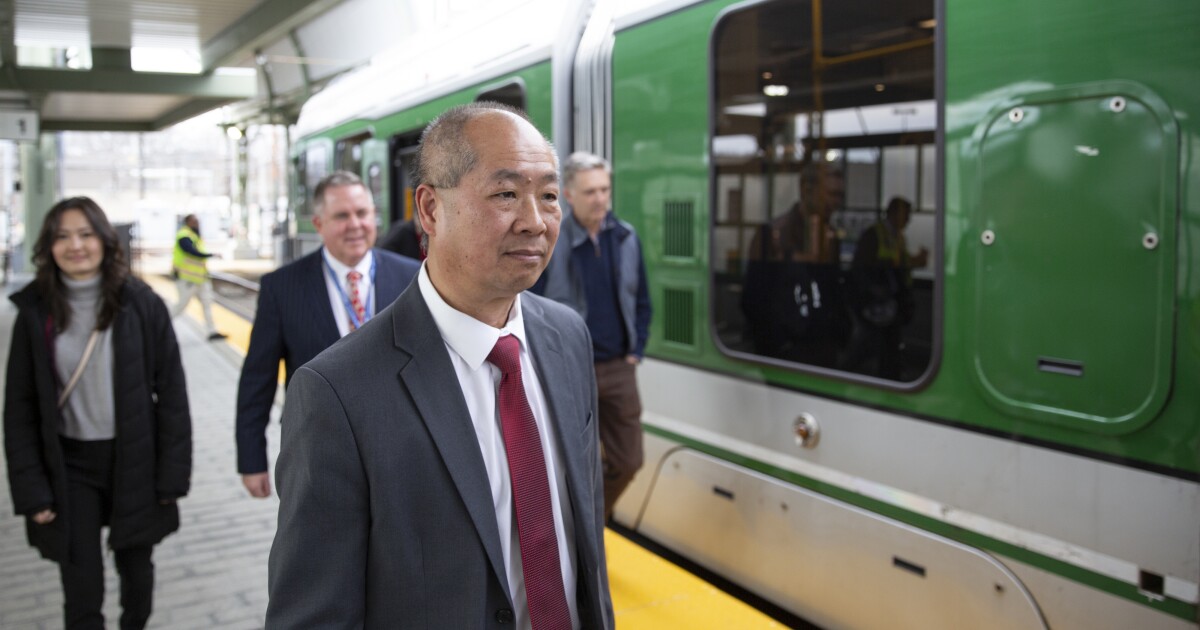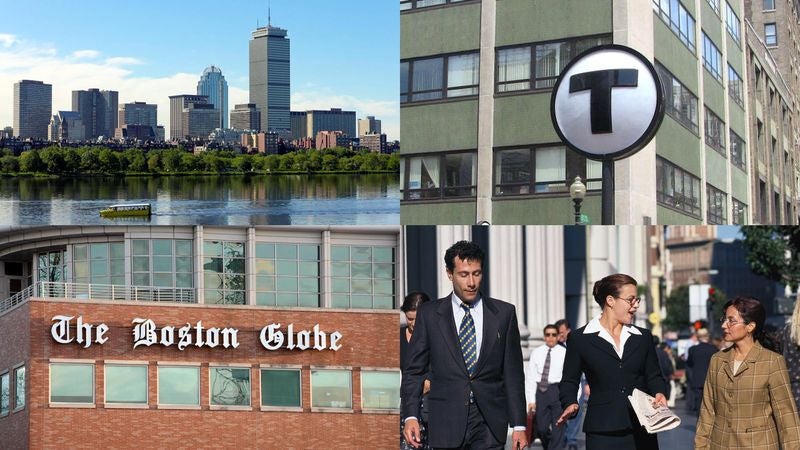Smuttynose
Active Member
- Joined
- May 26, 2006
- Messages
- 684
- Reaction score
- 3,714
It’s been six months and every single metric has gotten worse.
What is most frustrating to me about the MBTA under Eng is that:
a.) They don't seem to be in a particular hurry to implement repairs to reduce slow zones...
MBTA GM's measured approach to spending: 'It's important I spend it in the right place'
https://www.wcvb.com/article/mbta-g...aring-spending-money-system-repairs/44350922#
After a series of accidents and breakdowns, including a Green Line trolley derailment just two weeks ago, lawmakers wanted to know why out of the $378 million they've approved for improvements to the T, less than 30% has been spent so far.
"As important as it is to spend it all quickly, it's important that I make sure that I spend in the right places," Eng said. "So that's one of the reasons that we're taking a measured approach in how we do this."
and b.) There is no answer, not even a very general ballpark, when asked for a timeline when the slow zones will be eliminated or at least substantially reduced...
'Little by little': MBTA GM Phil Eng talks hiring sprees, slow zones and beer
https://www.wbur.org/news/2023/08/0...f-attrition-radio-boston-interview-newsletter
“Each time we go in, we’re tackling different components,” he said of the upcoming diversions on the Red Line, declining to give a timeline on when all speed restrictions there would be eliminated. Instead, he said they’re being lifted “little by little.”
MBTA slow zones remain a 'moving target,' general manager says

MBTA slow zones remain a 'moving target,' general manager says
Slow zones have been a big complaint among riders.
Speaking on Boston Public Radio, MBTA General Manager Phillip Eng said the transit agency has a general idea of when they'll be "tackling things," but he was reluctant to share a timeline as to when the speed restrictions might lift.
Clearly the T has the attention of Beacon Hill with all of the recent bad headlines. Tell them what it's going to cost to fix this, and how long, with a certain amount of funds, it will take to fix them. It doesn't have to be a specific date, but by now they should have some idea of the extent of the problem and the resources/funds needed to address it. If the MBTA said it would take a billion dollars and five years, then we can at least start to have a conversation. We can't even discuss this in any kind of informed way based on the lack of any coherent answers from the T.


